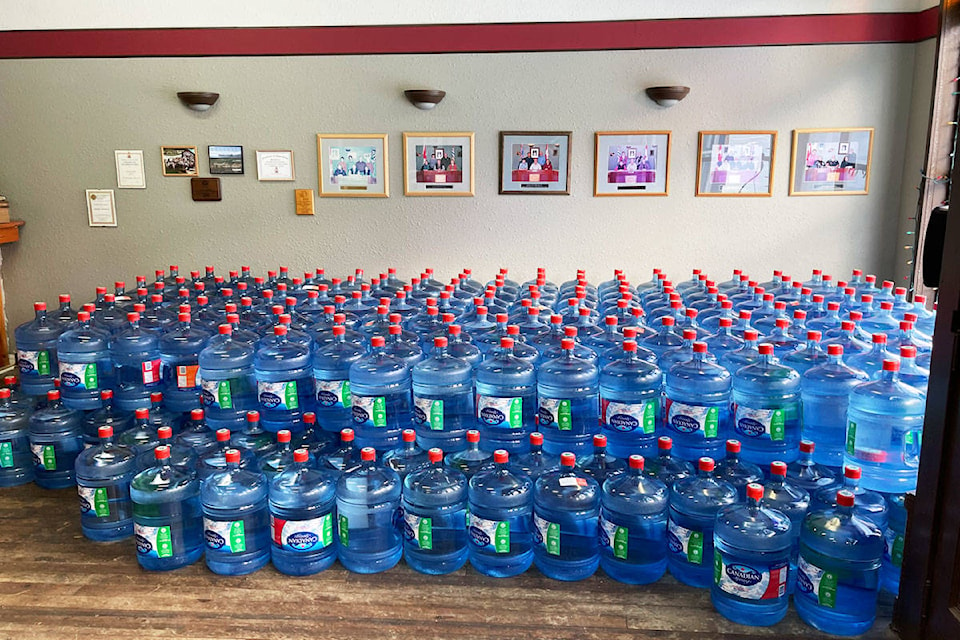The District of Wells is narrowing down where the lead in their water system is coming from.
The district announced they had detected lead in their drinking water on Feb. 12. After confirming the diagnosis, the district is now working to determine what is causing the problem.
“Lead can leach into the water from a variety of sources, whether this is a plumbing fixture, solder joints, lead service lines, water distribution piping etc.” a district water advisory notice notes. “The results of the Tier 2 sampling program will assist the District in identifying the sources or location of the lead contamination as well as what mitigative measure will need to be taken to achieve lead levels in the water below the miximum acceptable concentration.”
Northern Health reccommends high risk individuals use different drinking water sources. Those in the high risk category include pregnant women, infants and children.
The district is providing potable water to anyone who requests it. People interested are asked to call the district office at 250-994-3330.
Wells CAO Donna Forseille was surprised in February to see the water main test positive for lead contamination.
“We honestly expected some of the historical buildings to have some issues, but I did not expect a water main to come up positive as well,” district CAO Donna Forseille said.
The district is working with Northern Health to detect the source.
“Upon completion of the Tier 2 sampling program, Northern Health and the District of Wells will notify the community of the results and any long-term mitigation measures that are recommended,” the notice reads.
A HealthLink BC fact sheet says skin does not easily absorb lead from water, but is more dangerous when ingested.
“Lead can harm the intellectual development, behaviour, size and hearing of developing fetuses, infants and young children,” it reads. “The health impact depends on many factors including the amount consumed over time, age, nutrition and underlying health issues.”
READ MORE: Possible lead contamination in drinking water at Wells; says district CAO
Do you have something to add to this story, or something else we should report on? Email: cassidy.dankochik@quesnelobserver.com
@GimliJetsMan
cassidy.dankochik@quesnelobserver.com
Like us on Facebook and follow us on Twitter.
